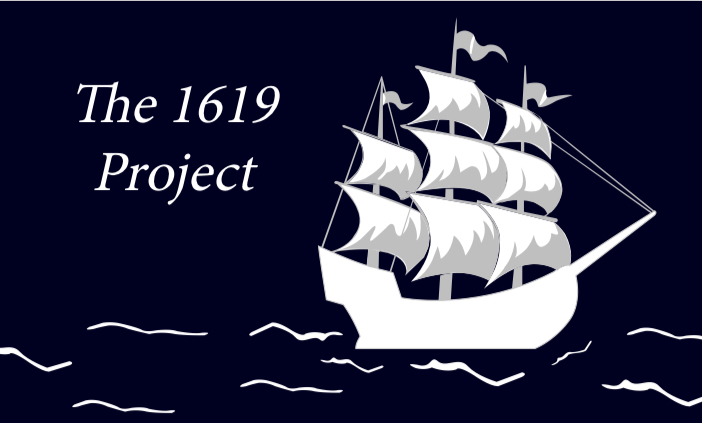

The 400th anniversary being marked this month is really the 400th anniversary of the Anglo-centric history of Africans in the U.S., says Greg Carr, the Chair of the Department of Afro-American Studies at Howard University. “People forget that there was a powerful Indigenous nation negotiating its own situation with the English in the year of 1619, and those descendants still continue to live today,” she says. Those tensions would come to a head in a 1622 uprising, and later, the English sold their American Indian captives as slaves to the British colonies in the West Indies to pay for their wars with Indigenous people on the East Coast, according to Spivey. The English settlers enslaved indigenous people around the time of 1619, and some colonists later owned both American Indian and African slaves, says Ashley Atkins Spivey, an anthropologist and member of Pamunkey, the Powhatan chief’s tribe.Īfter the marriage between Pocahontas and John Rolfe, there was peace between the English and the Powhatan people, but relations started to deteriorate after her 1617 death. In addition, Indigenous people - notably those of the 30-odd tribal communities led by Pocahontas’s father Powhatan - lived in the area that became Virginia long before Europeans or Africans got there. In 1526, a Spanish expedition to present-day South Carolina was thwarted when the enslaved Africans aboard resisted. Augustine, Fla., the first European settlement in what’s now the continental U.S. In 1565, for example, the Spanish brought enslaved Africans to present-day St. Nor is it the case that those who arrived in 1619 were the first enslaved people in what would become the United States. when he accompanied Juan Ponce de León in search of the Fountain of Youth in 1513, and they ended up in present-day Florida, around St. has pointed out, Juan Garrido became the first documented black person to arrive in what would become the U.S. The people who came in August 1619 have been described as “the first Africans to set foot on the North American continent,” but that is incorrect.įor example, as historian Henry Louis Gates Jr. Get your history fix in one place: sign up for the weekly TIME History newsletter A Turning Point, Not a Beginning Another woman who came off the Treasurer is identified as Angelo, and a 1625 census places her in William Pierce’s house in an area outside the James Fort city called New Towne. They worked for William Tucker, a Virginia Company of London stockholder, and had a son also named William Tucker. Anthony and Isabella (sometimes spelled “Isabela”) stayed in present-day Hampton, Va., in an area then known as Elizabeth Cittie.


Historians do not know much about the men and women who were sold to Yeardley and Piersey, or what happened to them, though some of their names have been revealed.


 0 kommentar(er)
0 kommentar(er)
